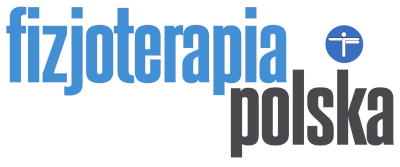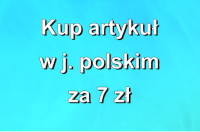Monika Wolska, Marek Kiljański, Witold Rongies
M. Wolska, M. Kiljański, W. Rongies – Selective Dorsal Rhizotomy (SDR) – neurosurgical method in treatment of spasticity in CP: the current state of knowledge. Fizjoterapia Polska 2019; 19(2); 66-75
Abstract
Spasticity constitutes one of the main symptoms of Cerebral Palsy (CP), which has a negative influence on children’s activity, their participation in daily life, and it also impacts their functioning in the society. Chronic spasticity leads to the development of structural lesions in the muscles and in the connective tissue, and it contributes to an intensification of atrophy, rigidity, and finally contractures resistant to pharmacological treatment. Worsening comfort of life and problems with taking care of children with CP constitute other aspects, which justify searching for methods of permanent and effective treatment of spasticity.
The selection of an optimal treatment method for every patient depends on the following: location and extent of the injury, clinical symptoms, patient’s age, and available treatment methods. Selective dorsal rhizotomy (SDR) is a method of surgical treatment of spasticity in children with CP. The procedure is irreversible, and it permanently reduces spasticity. There are still many controversies regarding qualification for the procedure, indications, or short-term and long-term effects. Over the years, there are more and more international clinical studies which confirm the beneficial effect of the procedure in terms of improving the functional state of the patients. The purpose of this paper was to gather and systematize the knowledge about the procedure itself, the qualification criteria, the applied research tools, and the post-surgery physical therapy protocols, as well as to present the effects of surgical treatment.
Key words:
Selective Dorsal Rhizotomy, SDR, physical therapy, spasticity, CP


